Hull 2025 – An Evening Stroll: The second and final post of pictures I made on our first evening in Hull last week.
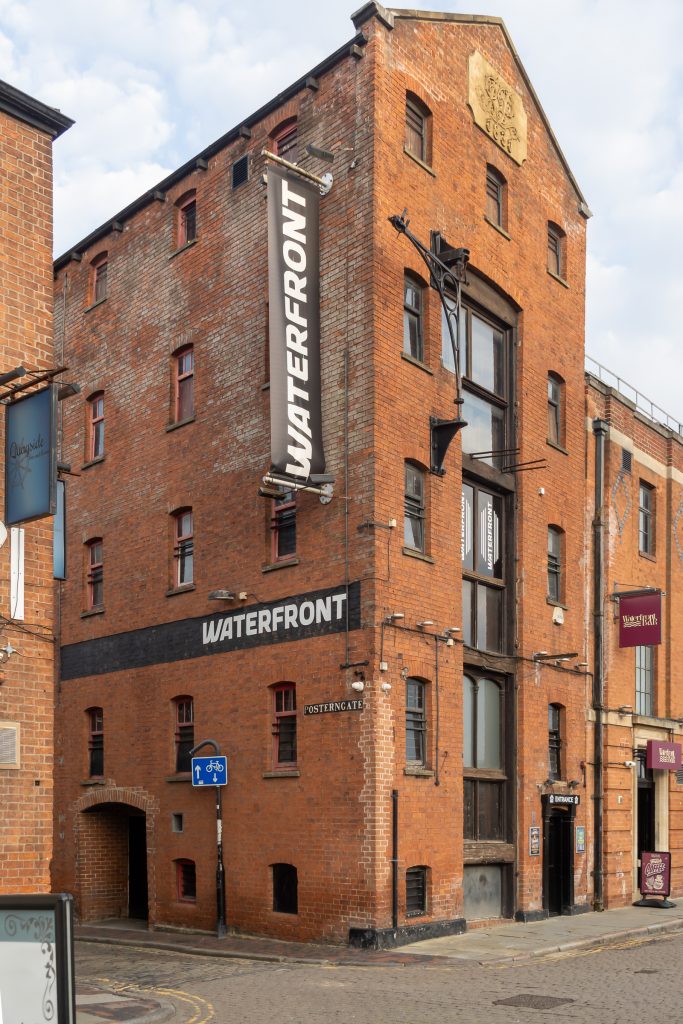
Part 1 of this post ended on Princes Dock Street. The pictures here are in the order I took them on Tuesday 12th August 2025 and the first image here was taken just a few yards further down the street.
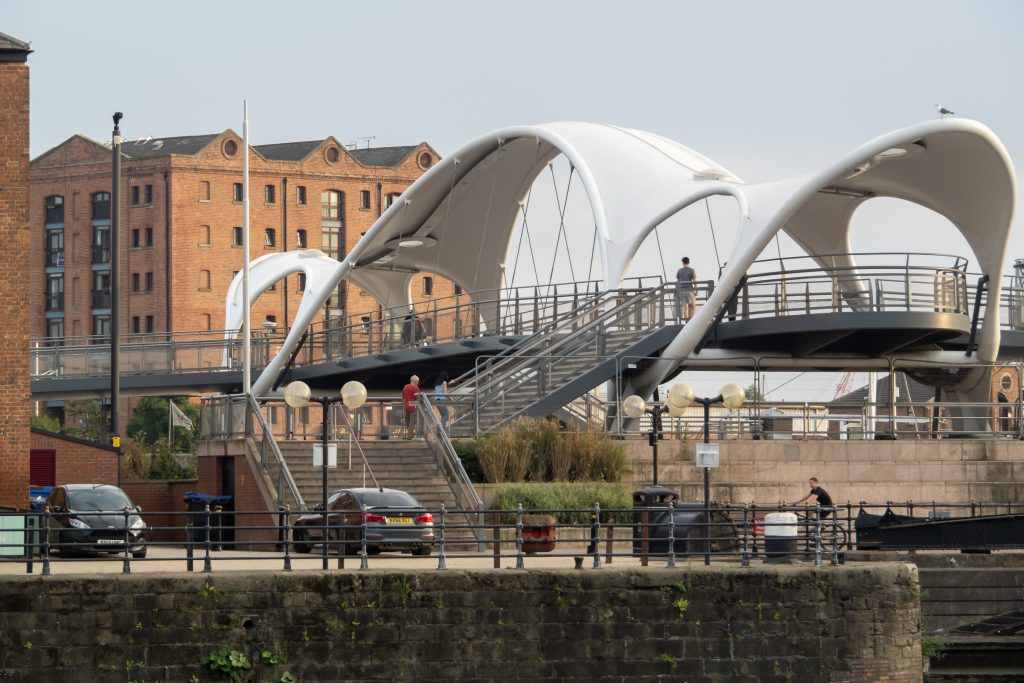
Humber Dock, now a marina, Railway Dock and the southern part of the Old Town have been brutally split from the rest of the city by the busy A63. Its hard to understand why the city council allowed this to happen with as it did, with so few places where this barrier can be crossed, and the provision of a rather odd footbridge, Murdoch’s Connection, is a rather unsatisfactory sop.
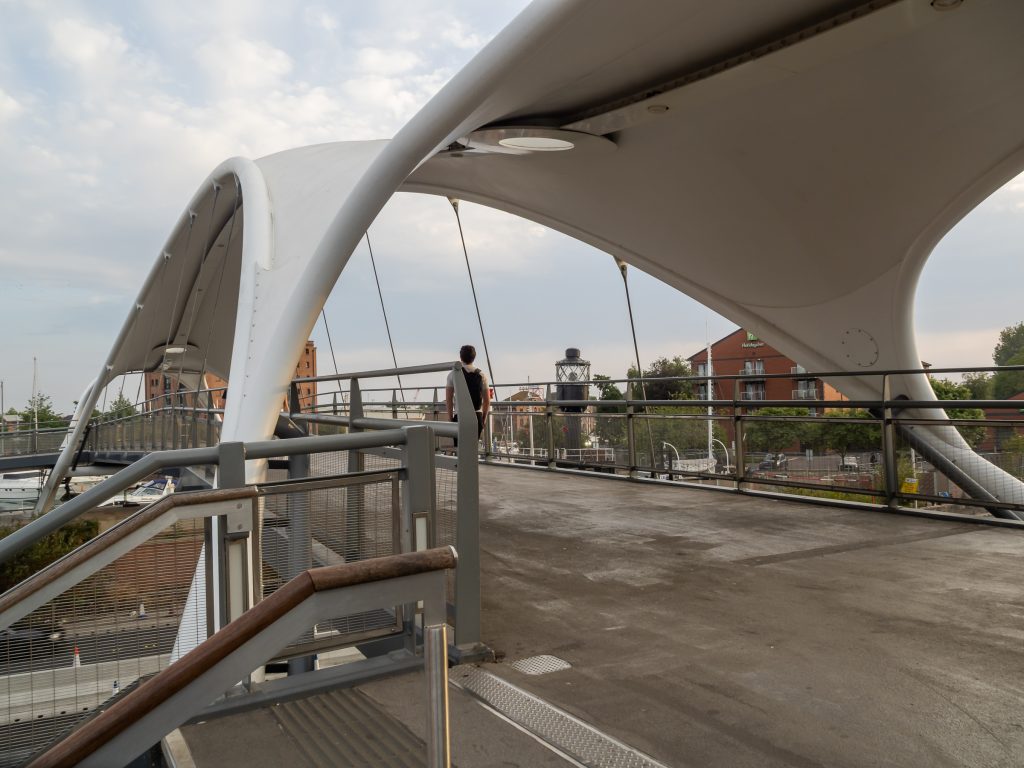
Fortunately we could manage the many steps up and down, otherwise we would have needed a fairly lengthy detour to where the road rises to cross the River Hull. This footbridge is perhaps more of a visitor attraction rather than a proper solution to access.
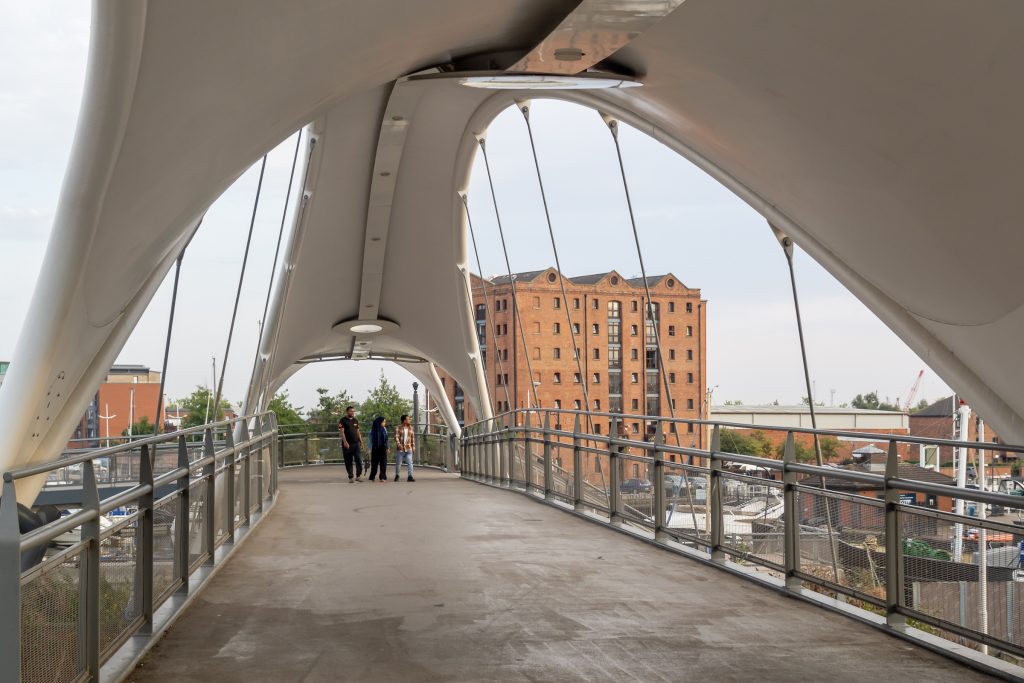
Murdoch’s Connection was named after Hull’s first female doctor, a house surgeon at the Victoria Hospital for Sick Children on Park Street and a suffragette, founding the Hull Women’s Suffrage Society in 1904.
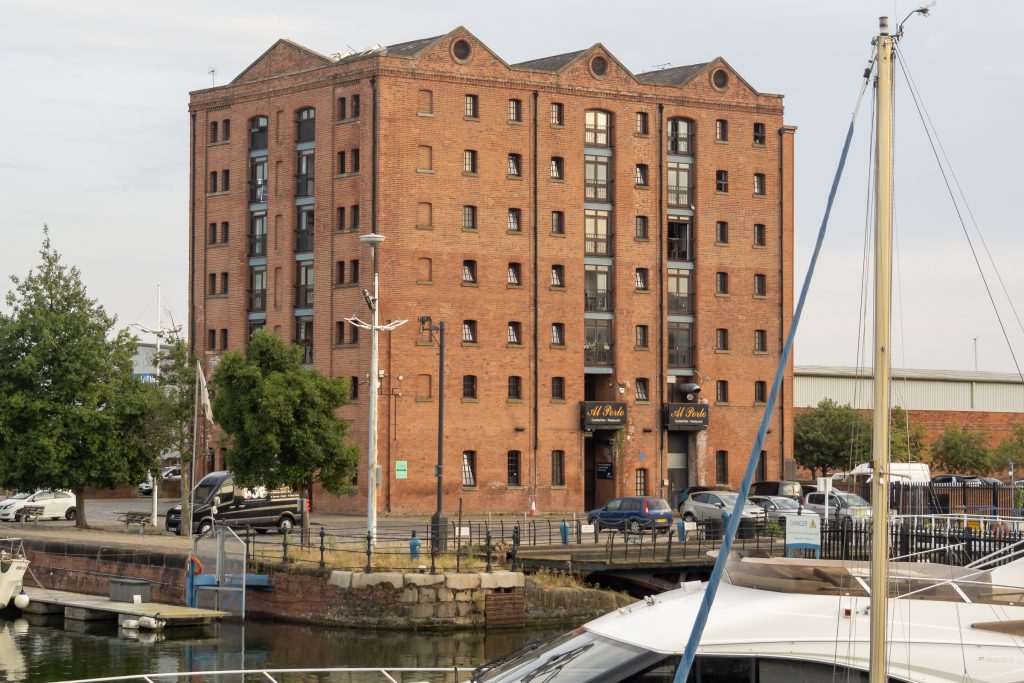
Too many of Hull’s dockside warehouses were demolished, but a few remain, including this fine block beside Railway Dock. I’d hoped to walk though Trinity Burial Ground, where I’d often sat in the past but that is now a building site.
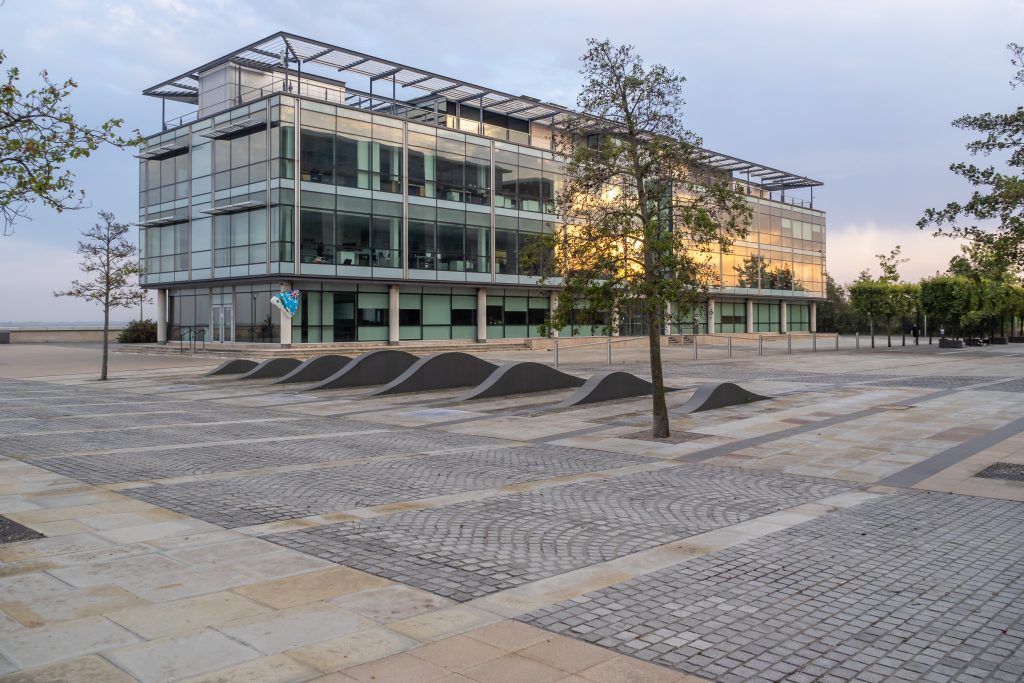
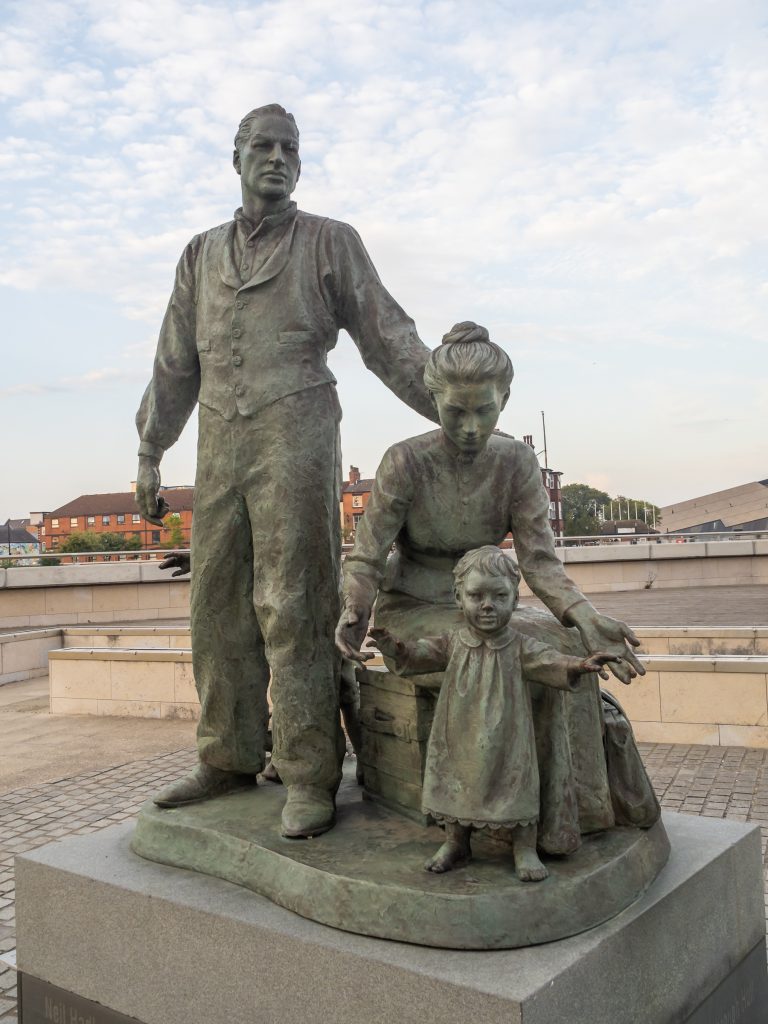
A statue by the Humber to the west of Humber Dock Basin, The Crossing, commissioned in 2001 commemorates the many migrants who came to Hull from Europe, mainly docking here to take the train to Liverpool on their way the the United States.
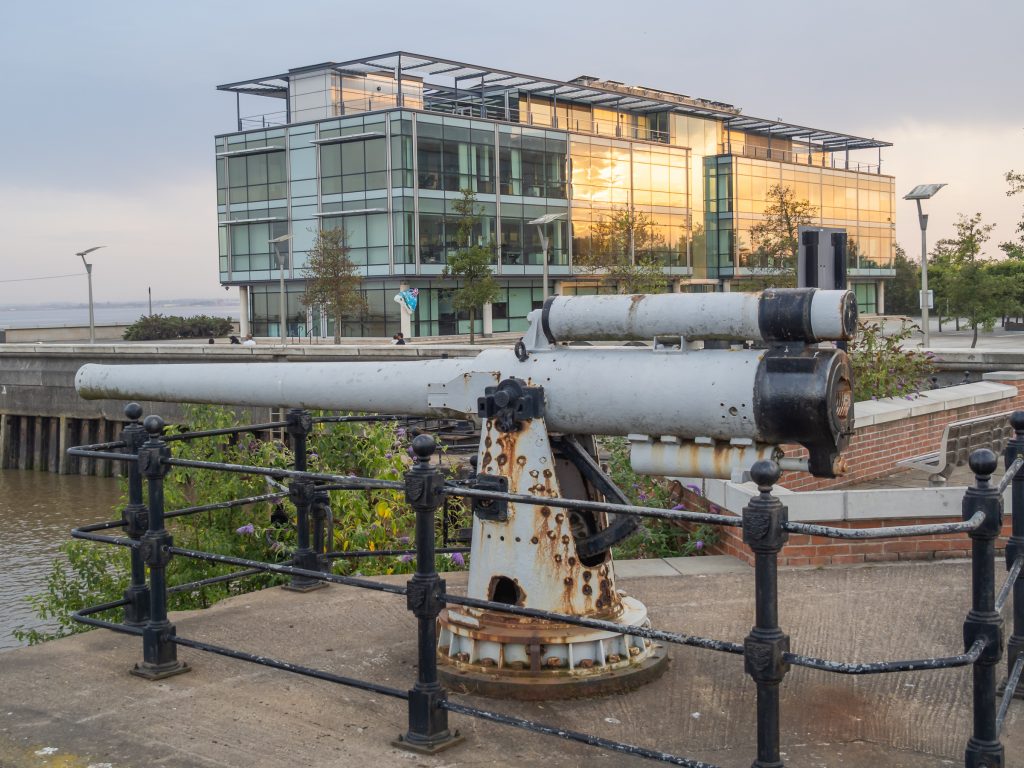
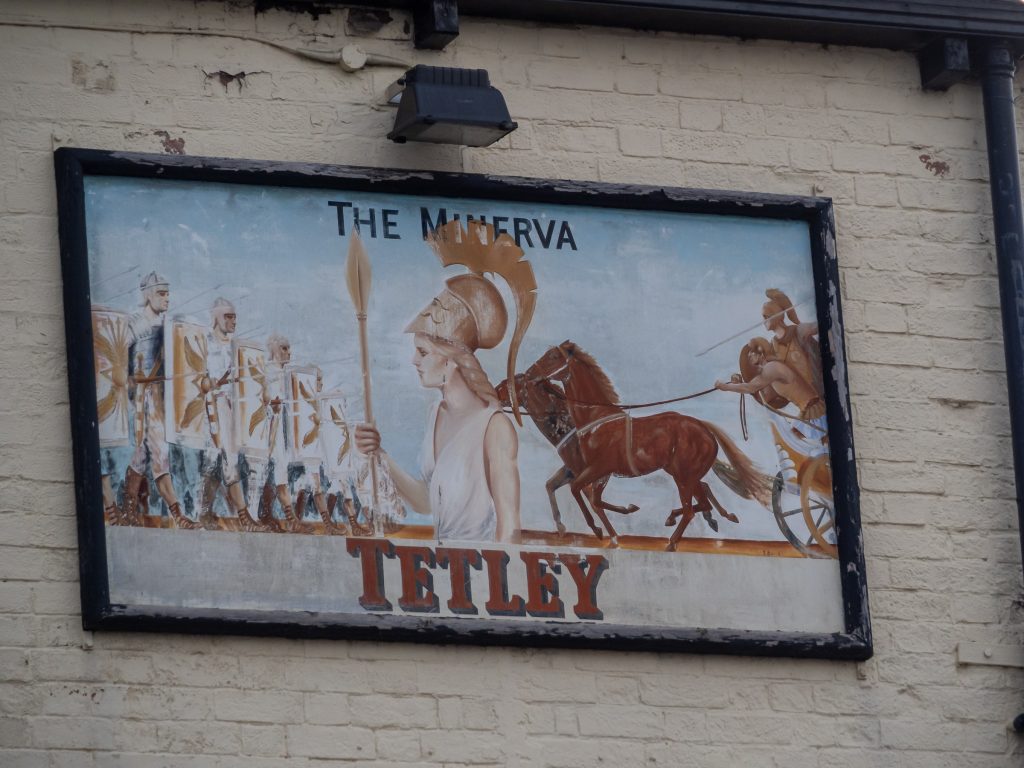
High on the wall of the Minerva pub is this sign, probably a little faded from when it was placed here. This time we didn’t go into the Minerva but continued our walk as the light was fading.
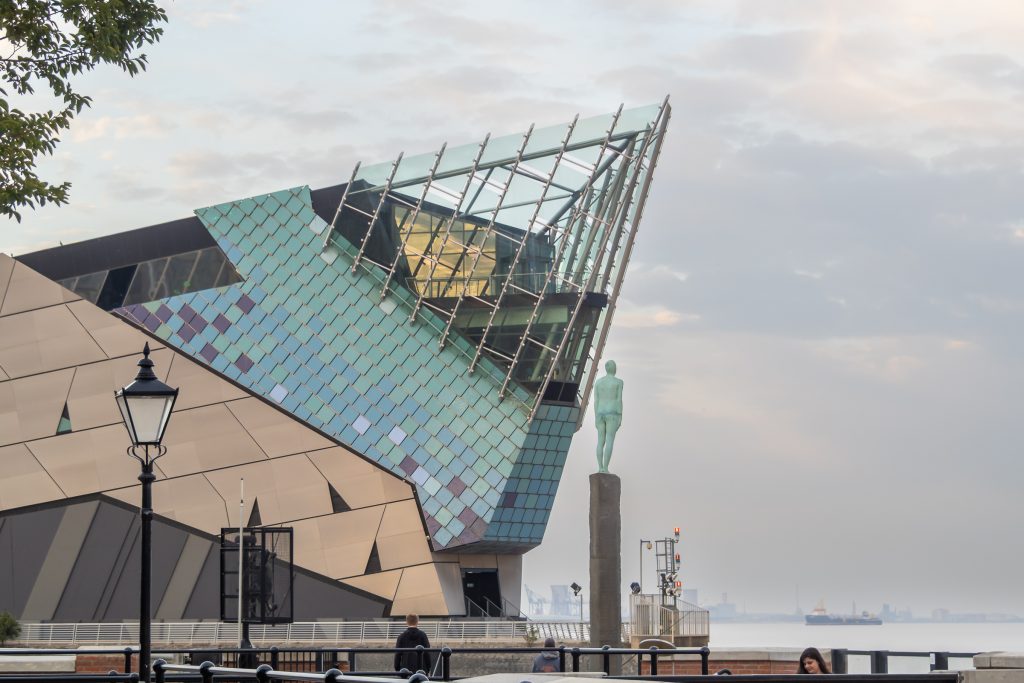
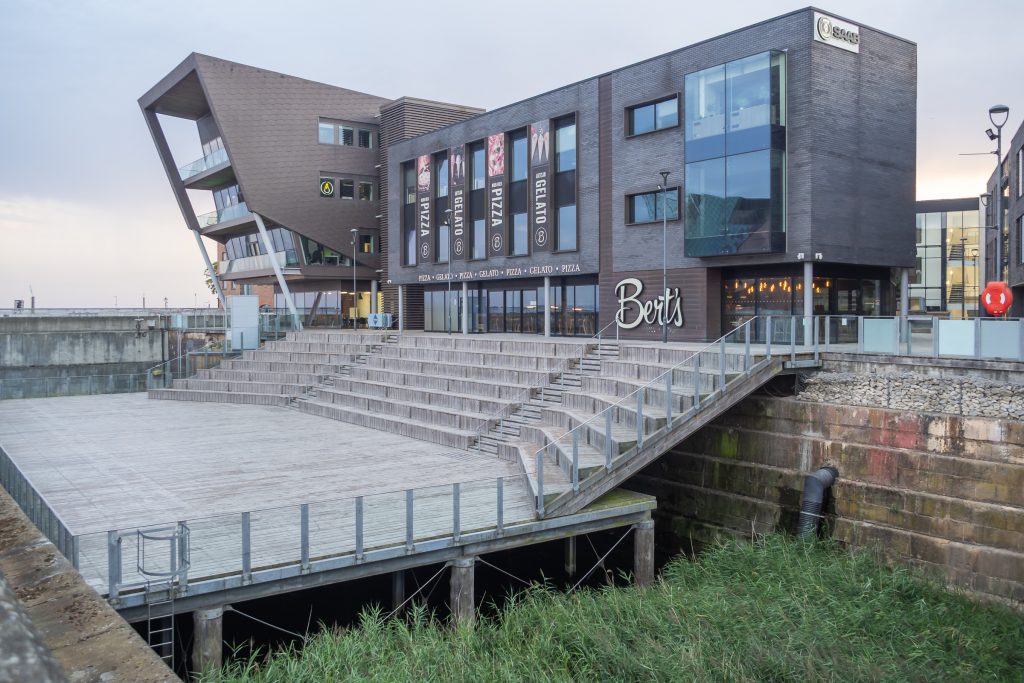
A path from Nelson Street leads along the side of the River Hull past the former Hull Central Dry Dock. In use until relatively recently this is now a performance area.
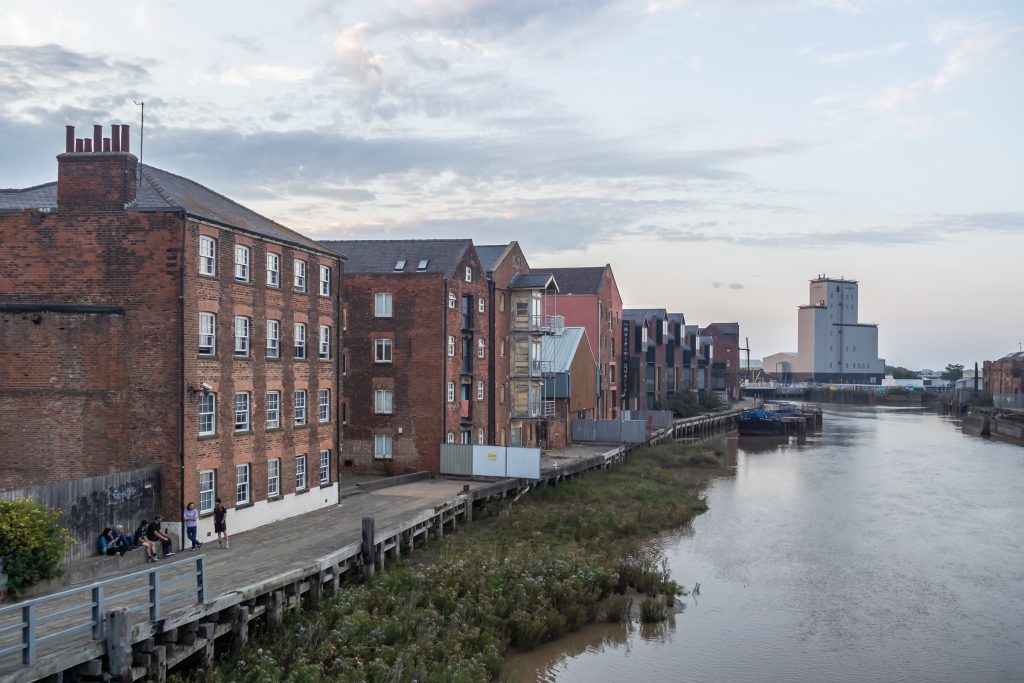
As you can see parts of the riverside walk in the ‘Old Harbour’ were closed and our plans to walk by the River Hull were cut a little short.
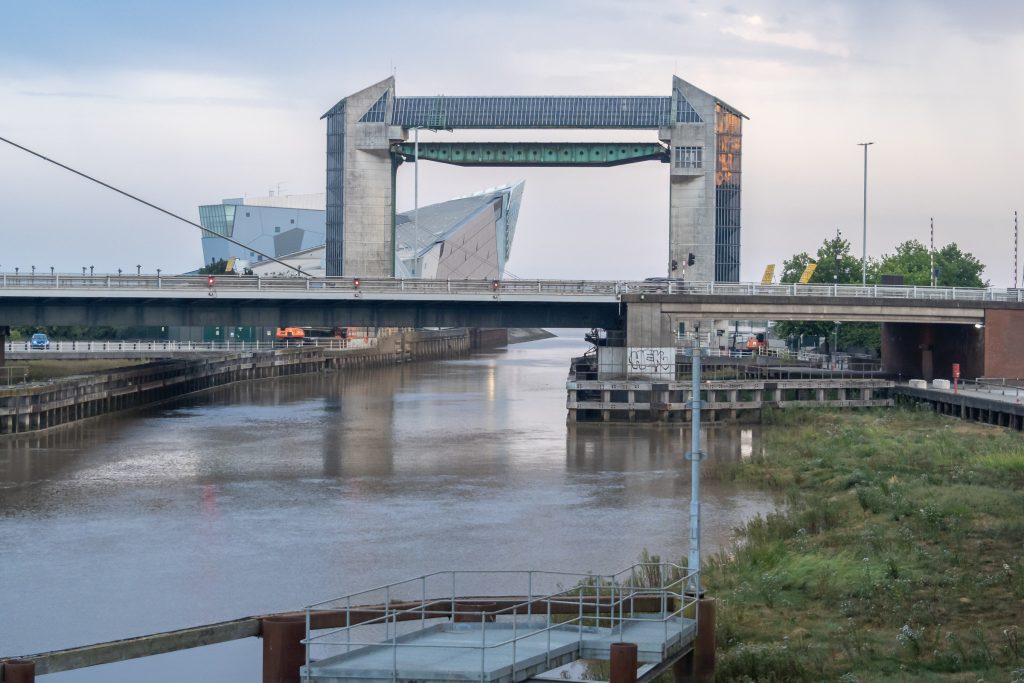
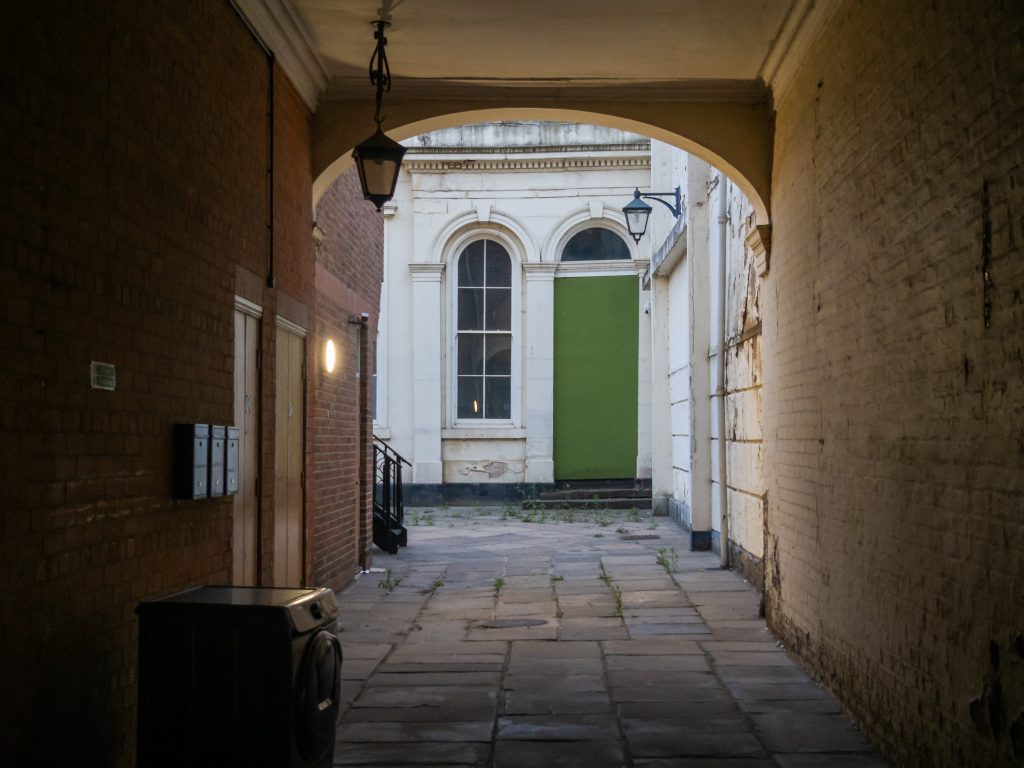
Instead we turned down Scale Lane and made our way back to the city centre along Silver Street and Whitefriargate.
More from our short stay in Hull later. You can see many more of my older pictures from Hull in albums on Flickr and on my Hull Photos web site – links below.
Flickr – Facebook – My London Diary – Hull Photos – Lea Valley – Paris
London’s Industrial Heritage – London Photos
All photographs on this page are copyright © Peter Marshall.
Contact me to buy prints or licence to reproduce.











